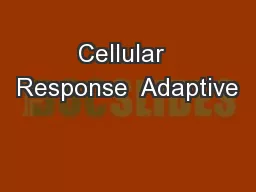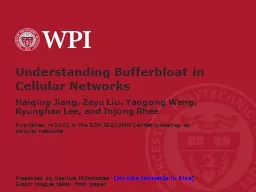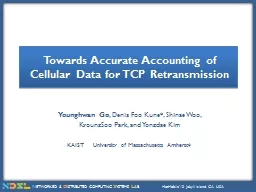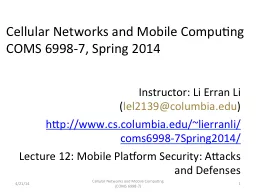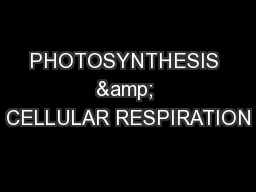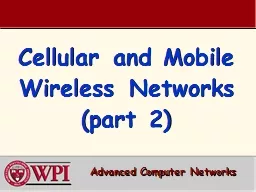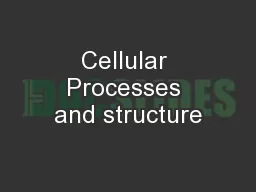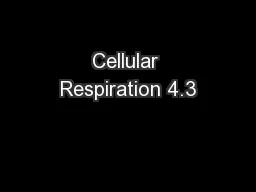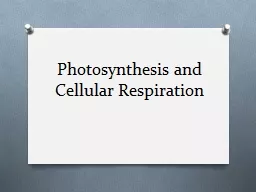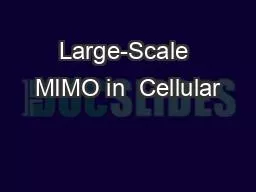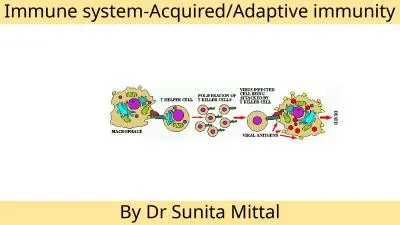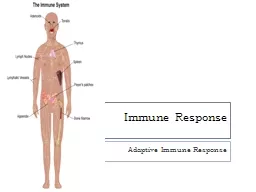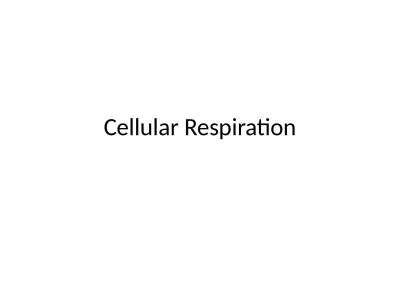PPT-Cellular Response Adaptive
Author : tawny-fly | Published Date : 2018-02-11
Disturbances of growth Inflammation and repair Immune response Non Adaptive Degeneration Neoplasia Dysplasia Necrosis I NFLAMMATION Definition its a body response
Presentation Embed Code
Download Presentation
Download Presentation The PPT/PDF document "Cellular Response Adaptive" is the property of its rightful owner. Permission is granted to download and print the materials on this website for personal, non-commercial use only, and to display it on your personal computer provided you do not modify the materials and that you retain all copyright notices contained in the materials. By downloading content from our website, you accept the terms of this agreement.
Cellular Response Adaptive: Transcript
Download Rules Of Document
"Cellular Response Adaptive"The content belongs to its owner. You may download and print it for personal use, without modification, and keep all copyright notices. By downloading, you agree to these terms.
Related Documents

